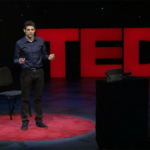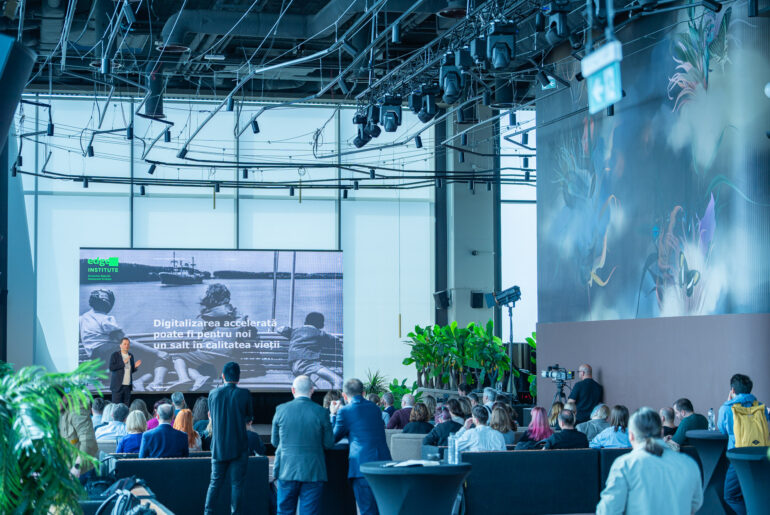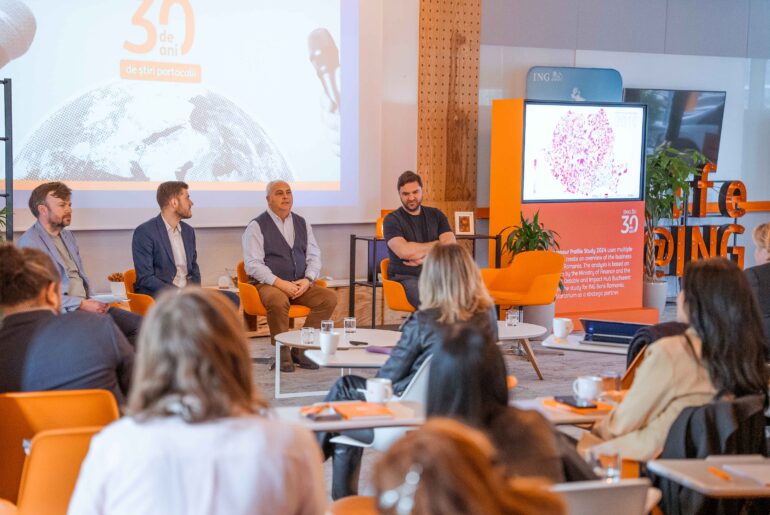A ticket to ICEEfest 2016 brings you more than the access to one of the largest Internet related festivals organized in the CEE and SE Europe region. Make some time, because you also get to see a great city 😉
Whether you are a Romanian or a foreigner, we think our capital deserves a better chance to be understood. Bucharest is more than a bridge between East and West, more than a former Little Paris that thought itself too beautiful.
Bucharest is a unique city which doesn’t need nicknames or comparisons to define itself. Let’s (re)discover it!
Starting from scratch – Bucharest under the rule of Vlad the Impaler (Dracula) and Constantin Brâncoveanu
Vlad the Impaler’s ambition was to build a fortress at Bucharest for two reasons: to oversee commercial routes that connected the East to the West and protect Wallachia’s capital at the time: Târgoviște.
At the heart of the capital, in the historical center, you’ll find the ruins of the Voievodal Palace and Princely Court along with the old church under the patronage of Saint Anthony.
These are the oldest buildings in Bucharest. And this is also where the city was founded through an act signed by Vlad the Impaler in 1459. You’ll recognize it easily, as voievod Dracula’s bust stands over the ruins.
As it became more and more appreciated by princes and merchants, Bucharest became Wallachia’s capital in the year 1659. From that point on, every ruler has tried to place his mark on the city, by building numerous palaces nad churches.
Little Paris – the connection between king Carol I and architect Louis Blanc
Bucharest became a royal capital in 1881, when Carol I was crowned. What is lesser known is the connection between the king and the city’s old nickname of „Little Paris”.
The king hired Louis Blanc, the apprentice of Paris’s architect Haussmann, to draw a new urban plan based on the one in France’s capital.
At the time, many palaces similar to those in Paris began being built in Bucharest: Arch of Triumph is one of them.
The Romanian capital under Ceausescu’s dictatorship
On the 4th of March 1977, Bucharest was devastated by a powerful earthquake, and Ceausescu took advantage of that opportunity to bulldoze over a quarter of the city, reducing historical palaces that had survived the quake to dust, and many other historical buildings and streets.
He did this to make way for the construction of the People’s House (or, as it is known today, the Palace of Parliament) and Unirii Boulevard, his megalomaniacal ambition to have a larger avenue than the well known Champs Elysees. In the 1980s, the face of Bucharest changed irrevocably.
Bucharest today
Let’s get something straight. Bucharest is a unique city, full of contrasts! And it doesn’t need any nickname or comparison to define its personality. There’s no bridge between East and West here, or any „littler Paris”.
Now, that you found out some infos about the city, let’s discover it! We’ve prepared for you an itinerary that will show you some of the most important parts of the city and also some not well known places, but very interesting ones.
Discover Bucharest! #ICEEfest Itinerary
- Let’s start from Herastrau Park, where you can also rent a bike if you want to discover the city on two wheels. With its 110 ha. surface, Herastrau Park is the biggest park of Bucharest. Before 1930, the area on which the park is today, was a wetland that went drained in 1930-1935.
- Nearby you will also find the Residence of Ceausescu Family, recently opened for visitors.
- Then, you should go straight to the Arch of Triumph which commemorates firstly the Romanian killed in WW1. It was at first built from wood in 1922, afterwards replaced with this concrete version in 1935.
- Next to it, you will find three of the most well known museums in Bucharest: Village Museum, Peasant Museum and ”Grigore Antipa” National Museum of Natural History.
- From here, Victoriei Street it’s the next step. Recent reconditioning, the broadening of the pedestrian area and the renewal of some historical buildings redeem the beauty of old times. Victoriei Street sweeps on almost 3 km between Splaiul Independentei (Independence Boulevard – south) and Victoriei Square (north).
- On this way, you will discover one of the most beautiful parts of the city, along its buildings: Romanian Atheneum, Royal Palace, University Library.
- Next to them is also the Revolution Square. Important pages from recent history were written in this square. Romania was the only country from Eastern Europe that moved to democracy within a violent revolution and in which the communist leaders were executed. Before the Romanian revolution, all the other East-European states moved to democracy in a peaceful way.
- Continuing on this way, you will go straight to the Old Town, where Bucharest was born. The legend says that a shepherd named Bucur founded Bucharest. However, historically, the location was certified on 21st of September 1459 through a paper issued by Vlad Țepeș, ruler of the Romanian Country (Muntenia). Before the birth of the city, Lipscani was a commercial center full of life. The name comes from the Romanian word for the merchant from Leipzig, the richest and the most creative of the shopkeepers in the area.
- You can wander for hours in the maze of narrow streets and you will still find hidden places, yards and passages that bring to life the history of the area. Today, the city center is the heart of the fun in Bucharest: 27 clubs, 19 bars, 23 pubs, 21 cafes and teahouses, 46 restaurants and bistros, 8 theatres and cinemas are waiting day by day and night by night their locals and tourists. Add also 70 stores.
- Here, in the centre part of the city, is also the Palace of the Parliament. You can easily see it from every corner of the city thanks to those 84 meters that rise above the ground level. Its surface of 330.000 square km makes it the second biggest building in the world, after the Pentagon.
Now, that you discovered some parts of the city, if you have time, we suggest you to visit also:
- Melik House, the oldest “still up” house in Bucharest
- Xenofon Street, the only street in stairs in Bucharest
- University Square
- Bothanical Garden
- Cotroceni Presidential Palace Museum, where the President works
You can walk through the attractions between the Arch of Triumph in a few hours, if you don’t stop to visit some attractions inside. If you plan the entire day for visiting Bucharest, you should definitely go inside the Residence of Ceausescu Family, the Village Museum, the Palace of the Parliament or the Romanian Atheneum. You will enjoy them. For sure!
For more indications, follow the ICEEfest Itinerary in the app, or the other 6 routes that we prepared!
#EnjoyBucharest! #EnjoyICEEfest! 🙂



















